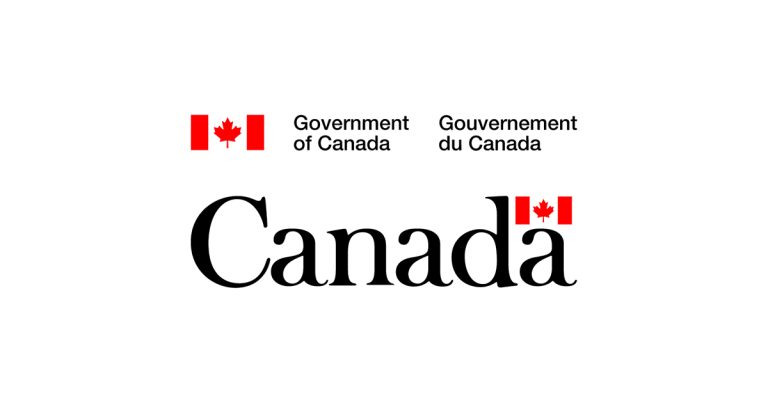Federal Government Helping to Fast-Track Housing in Thunder Bay, ON

The federal government has reached an agreement with the City of Thunder Bay, Ontario, to fast-track over 600 new housing units over the next three years. This work will help spur the construction of more than 6,500 homes over the next decade and help meet the demand in Thunder Bay.
Under the Housing Accelerator Fund, this agreement will provide $20.7 million to build more homes that Canadians can afford. It will create more housing options in the city, including more multi-unit and affordable housing projects – with up to four homes per lot. The City will turn vacant and underused property downtown into new housing. That means more homes near transit, schools, parks, and opportunity. The City will re-zone commercial areas, fast-track development approvals, and put incentives and grants in place to get more housing projects off the ground. The City will also create a dedicated team to recommend systemic changes and work with non-profit organizations, community organizations, advocacy groups, and home builders to reduce construction costs. Together, these initiatives are going to significantly improve the way affordable housing is built and delivered in Thunder Bay.
Stable, reliable, and affordable housing is also a fundamental part of our commitment to advancing reconciliation. As part of the agreement, Thunder Bay will explore ways to better support the housing needs of Indigenous communities – including helping us co-develop and implement Canada’s Urban, Rural and Northern Indigenous Housing Strategy.
The Housing Accelerator Fund is helping cut red tape and fast-track the construction of over 650,000 new homes for people in towns, cities, and Indigenous communities across Canada over the next decade. It asks for innovative action plans from local governments, and once approved, provides upfront funding to ensure the timely building of new homes, as well as additional funds upon delivering results. Local governments are encouraged to think big and be bold in their approaches, which could include accelerating project timelines, allowing increased housing density, and encouraging affordable housing units.
The Government of Canada is supporting the middle class – and housing is key to that work. Our plan to double the rate of housing construction over the next decade will help build the housing supply we need. We are working with provincial, territorial, and municipal governments, as well as Indigenous partners, to build more homes for Canadians, faster, and make life better for everyone.









![Guide to the Canadian Electrical Code, Part 1[i] – A Road Map: Section 52 — Diagnostic imaging installations](https://electricalindustry.ca/wp-content/uploads/2022/11/Guide-CE-Code-2.png)






